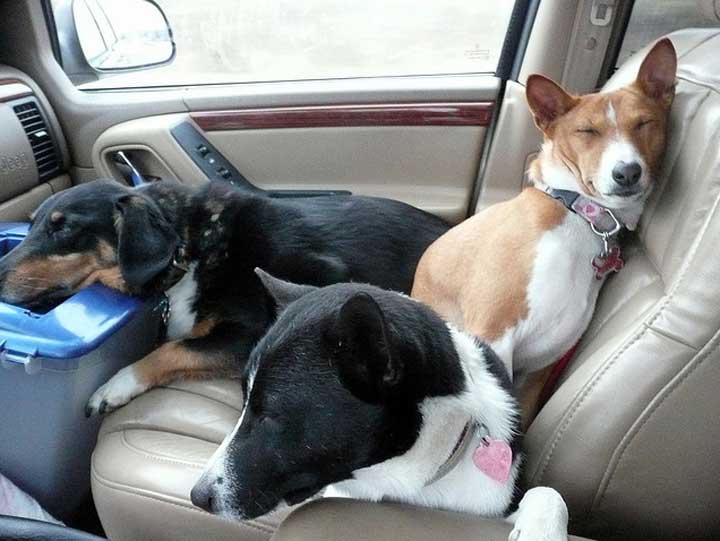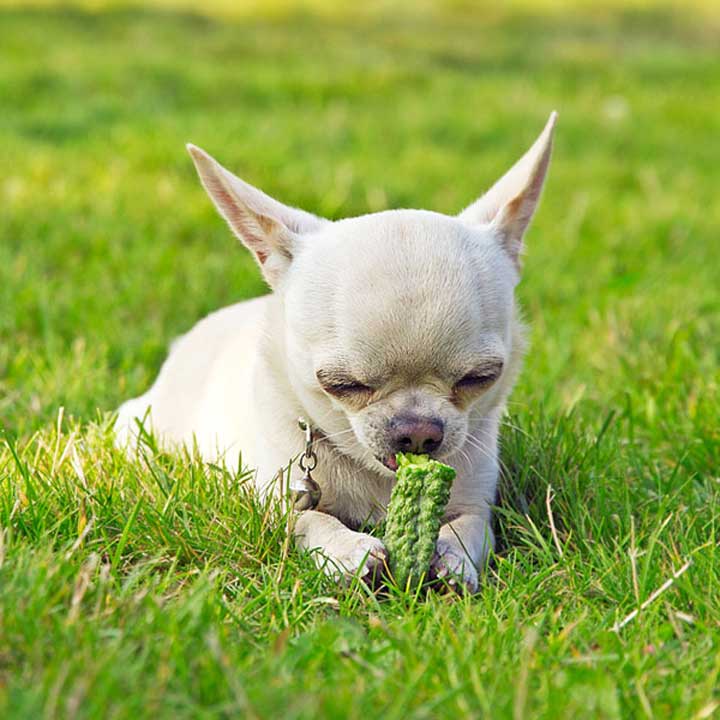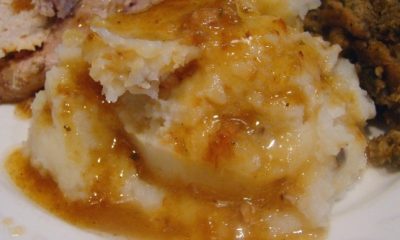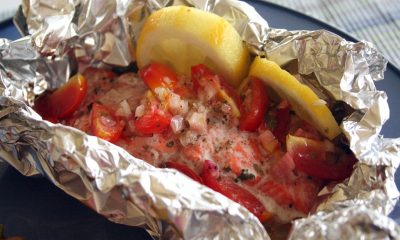Health
Protect Your Dog From Heat Strokes This Summer With These Dietary Precautions
Summer is here and it’s taking lots of prisoners. Luckily for humans, restaurants across cities are putting together special summer menus that are designed to beat the heat – these menus often feature cool drinks and cocktails as well as cooling foods. Additionally, humans have the luxury of switching on an AC or taking a cold shower. Dogs, however, have no such luxuries; they have to deal with the heat in natural ways like panting, sweating and sleeping more than usual. Even with these defence mechanisms during summer, dogs become vulnerable to heat stroke, a common condition that can become extremely dangerous if not monitored.
Heat Stroke In Dogs
Unlike humans, whose primary means of cooling down is sweating, dogs fight the heat by panting. However, in extremely high temperatures or among older dogs, panting does not cool the dog’s body down to safe levels. Therefore, the dog begins to suffer from heat stroke, heat exhaustion or hyperthermia. Extreme cases of hyperthermia may result in a dog’s death.
A dog suffering from heat stroke displays a range of symptoms. He may be panting electively or extremely loudly, be excreting thick saliva, vomiting or drinking large amounts of water. Additionally, the dog’s heart rate as well as its internal body temperature will go up – you can measure your dog’s internal temperature by placing a thermometer in his rectum. As the heat stroke worsens, the dog may have difficulty breathing, display weakness and disorientation and even collapse. In these cases, the dog must eventaully be taken to a vet.

However, there are a lot of things a dog owner can do to prevent heat stroke reaching dangerous levels. For instance, there are several adjustments you should make to your dog’s diet during summer:
Give Him Lots Of Water
Your dog will instinctively drink more during the summer. Make sure his water bowl is always full of fresh water. Additionally, try to make sure the water itself doesn’t heat up; place the bowl in a cool, dark area and refill it with cold water if possible. Add a couple of grains of salt to the water, to help replace nutrients that your dog will lose while sweating.
Additionally, if your dog doesn’t seem too interested in drinking water, place cooled beef or chicken broth in his drinking bowl instead. As well as being a good way to hydrate, broth contains nutrients and minerals that will replace what your dog loses.
Hydrate, Hydrate, Hydrate!
Yes, we already told you about making sure there’s always cool water on hand. There are several other ways to make sure your dog stays hydrated, which, in turn will keep his body cool. Even if your dog is used to a store bought, kibble diet, transition him to a wet food diet during summer. You can either buy readymade wet food, which has food soaked in jelly and water or make a mixture of proteins , carbohydrates and broth at home.
You can also buy ‘dog’ popsicles from pet stores or make them yourself at home by freezing beef or chicken broth. Place these popsicles or frozen broths in your dog’s food dish in small amounts through the day.
Feed Him Cooling Foods
Just like cucumbers and curd are considered cooling foods for the human system, there are some foods you can give dogs that will help their systems cool down. ‘Cold’ foods for dogs include rabbit, duck, cucumbers, broccoli, apples, bananas, barley, mung beans, millet and eggs. Try incorporating these foods in a homemade diet, or, if you feed your dog store-bought fare looking for these ingredients in the food you buy.
Other Measures
To prevent your dog from developing a heat stroke, there are several other measures you should take along with diet changes. Try not to take your dog out during the hottest hours of the day – go for walks in the early morning and late evening – and don’t leave him alone in a car or even tied up on a lawn.
If you have a pool or a hose, allow the dog to play in the water once in while. Additionally, rub your dog’s pores with a little rubbing alcohol; this facilitates the excretion of sweat. Once in a while, you can also wrap up an ice pack or packet of frozen vegetables and place it near your dog.
If you do notice that your dog is displaying symptoms of heat stroke, place some cooled water in front of him (don’t force him to drink it) and consult with your vet. When properly monitored and treated, heat stroke can easily be overcome.
























